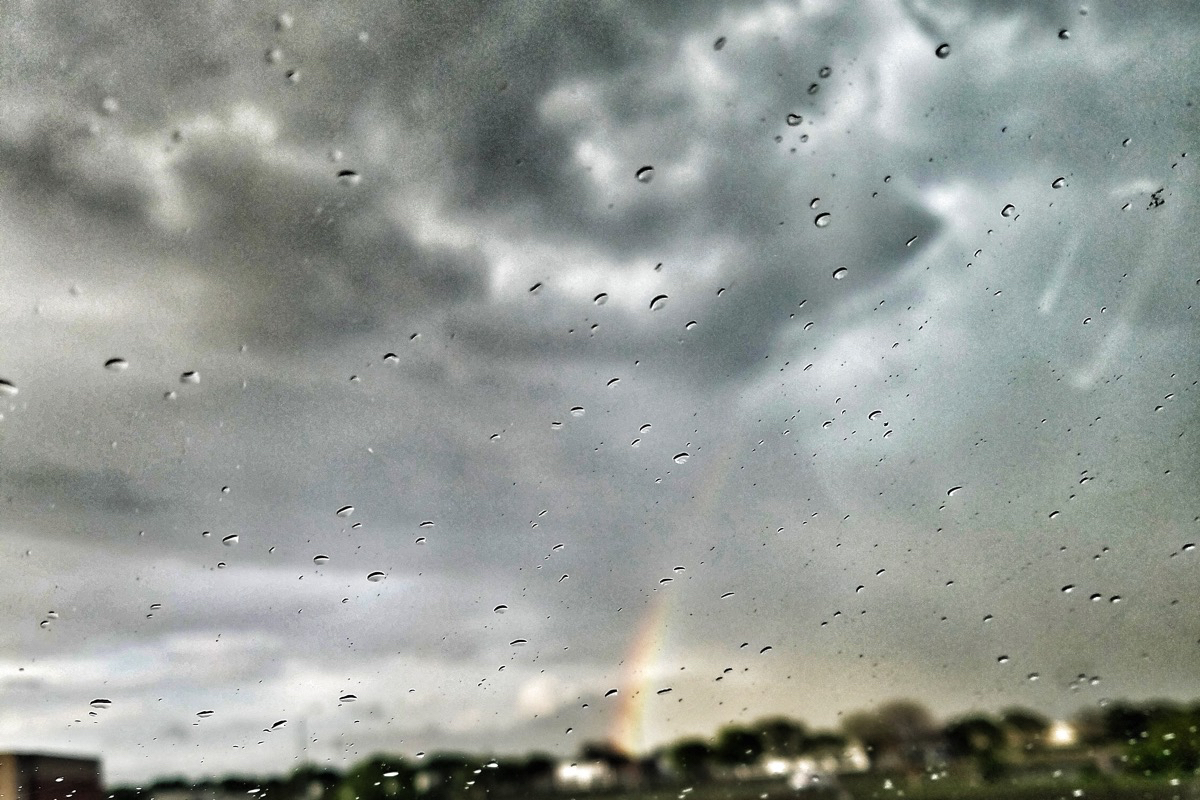I like to take pictures of the sky. It always fascinates me how I can look up and sometimes perfectly predict what the weather will be and, other times, be way off. During the past several days, my area in Texas has experienced: fog, rain, sun, thunderstorms, wind, hail, tornado warnings, 30 degree temps, 80 degree temps, and drop-dead-gorgeous moderate temps. Native Texans are used to this kind of thing; sort of. We laugh and say “it’s typical Texas weather” but we keep talking about it with a tone of annoyance in our voice. Why? The effects of these changes in climate can be painful. Over the last week, people experienced hail damage to their homes and vehicles. Some took shelter during tornado warnings. Others experienced physical discomfort like migraines or arthritis due to the rapid shift in temperature.
The same thing happens when we experience another type of “climate” change. I’m talking about our reactions to quick changes in the work climate. For example, when an organizational announcement is made that causes the environment to go from gloomy to chilly in mere seconds. Now we are cold and uncomfortable and can’t find our sweater. You also know that some people knew ahead of time what you didn’t know but really did know about what everyone now knows. See? Some of you know exactly what I’m talking about.
How do we usually cope under these circumstances? This is not the climate change we usually want to experience so we often create resistance. From a psychological standpoint, “resistance” means an unwillingness to change or grow. Put another way, it means we are in some way refusing to accept or comply with something. Change is not always easy to accept but our resistance can create negative effects.
Yes, we are human and we get rattled when we perceive an event as unpleasant or uncomfortable. We do build resiliency when we experience unpleasant events but that doesn’t mean we eventually become rattle-free. I don’t know anyone who hears tornado sirens and feels good about what that means. I also don’t know anyone who goes unscathed by recurrent organizational changes, even when it appears to be directly affecting only those around us. Change is difficult for most.
Here are some things you can do when the climate changes at work:
When the clouds roll in. This is a good time to re-evaluate your personal and professional goals. You can do this with a good career therapist. Take stock of what is working for you and what needs refining. Remember, the clouds are heavy with rain but sometimes it rains a little, a lot, or not at all. Leave the weather predictions to someone else.
When the thunder roars. No I’m not talking about Garth Brooks. This is the time when storms are very likely but we are unsure of the level of intensity. Be careful not to let your impulsivity take over. People can make costly mistakes during this time; “I’ll just quit before they fire me!” Keep in mind that sometimes the thunder is just a sound show in the sky. Just sit and listen for a little while. The skies may be dark but, if you’re patient, you may see the rainbow.
When the sirens go off. Pay attention to how you cope here. Try not to go into panic mode but, if you do, find ways to calm down. Calm first, action later. Remind yourself that you have control over your own reaction and then focus on that. Start building your support network of loved ones, colleagues, and friends. Call your therapist.
When the sun comes out. For goodness sakes just enjoy the sunshine. Don’t start wondering how long the sun is going to last or how long it will be before you get burned.
Remember, the sun stimulates growth. But so does the rain.
Thelma, Climate Tamer
www.stress2strengthcounseling.com

